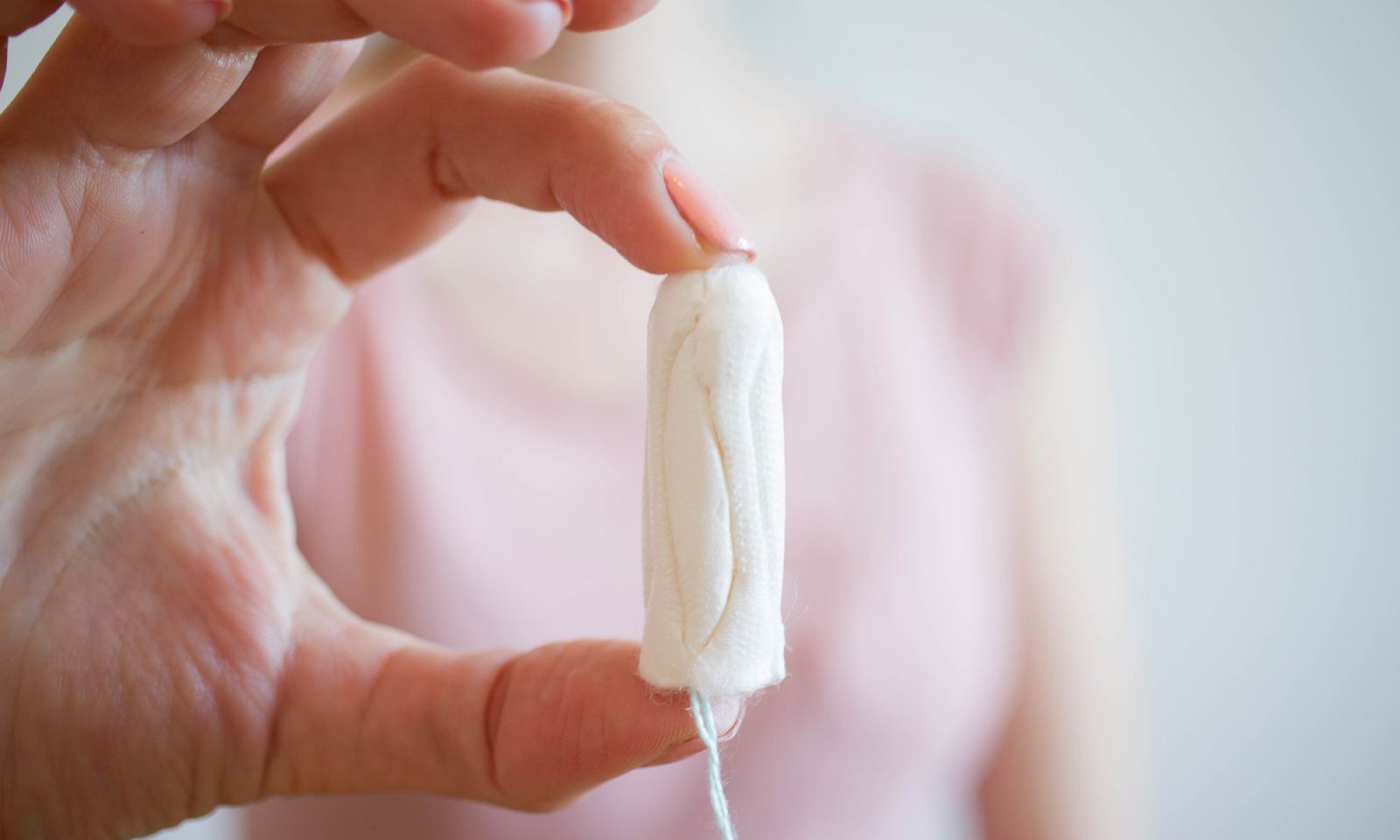What is Toxic Shock Syndrome?

Ever heard of toxic shock syndrome? Chances are, you’ve heard about it either at school, by a doctor, or you’ve heard a story about someone who had it. It’s a very rare condition that’s been linked to the use of tampons for decades, but how much truth is there to this?
In this guide, we’ll talk you through what toxic shock syndrome is, how to spot the signs, and how to prevent it.
So, what is toxic shock syndrome?
Toxic shock syndrome is caused by a type of bacterial infection, specifically Staphylococcus or Streptococcus bacteria. While there’s no single cause, there are some things that can slightly increase your risk, including:
- A skin wound
- Surgery
- Tampons
- Diaphragms
- Menstrual cups
The condition was first investigated back in 1978, when a group of 7 children presented with a high fever, vomiting, and other serious symptoms. Since then, there have been some studies investigating the link between toxic shock syndrome and tampons.
There’s always been some debates over the truth of these claims, but we’re going to break it down for you. The concept is when tampons with high absorbency are left in the vagina for extended amounts of time, this can create a breeding ground for bacteria. When the bacteria gets out of hand, it can cause toxic shock syndrome. So, the solution may seem simple—remove your tampon more frequently to avoid the risk. However, that can cause a whole other issue. If you remove your tampons too frequently when they are still dry, this can damage the tissue by causing very small abrasions.
Due to this information, many menstruating people might have concerns about using tampons regularly, but what you need to realise is the chances of developing this condition remain extremely low. Each year, in the UK, around 40 cases are reported, and only half of those is linked to the use of tampons. There has been a huge reduction in cases over the last decade, and this could be due to changes in the composition of tampons. Previous brands, such as Rely, used rayon fibers to achieve high absorbency with their tampons, which led to vaginal dryness and in some cases, toxic shock syndrome. They are now discontinued, and the risk of developing this condition is lower than ever
What about other menstrual items?
Knowing that tampons could put you at higher risk of toxic shock syndrome, you could be worried about using pads and period underwear, too. But you don’t need to worry seeing as these menstrual products will not cause any risk, and generally, it’s okay to wear them past the recommended time. However, any other internal menstrual device such as menstrual cups could cause a rare form of toxic shock syndrome. It’s worth noting that this is unlikely to happen to you, especially if you are washing it regularly and changing it every 4 – 8 hours.
What are the signs?
Unfortunately, there are very little warning signs. The symptoms of toxic shock syndrome come on suddenly and are often severe. This includes:
- High fever
- Vomiting
- Diarrhoea
- Confusion
- Headache
- Muscle aches
If you experience any of these symptoms while menstruating or when using tampons, you should remove the tampon immediately and get help. In some cases, there can be a sudden drop in blood pressure, and this can be fatal as the body is starved of oxygen. In many cases, if the condition is treated early, there is a good chance of a full recovery. That’s why it’s so important to always listen to your body!
Diagnosing toxic shock syndrome
As toxic shock syndrome can affect the whole body, multiple tests will be carried out at the hospital. The doctor will probably require a blood test, urine sample, a swab of the vagina and cervix, a CT scan and an X-ray to examine the chest and other organs. The bacteria can spread and affect multiple organs, which is why they’ll need to conduct thorough testing to determine the severity. This can be a daunting experience, so many people might ask a friend or relative to stay with them for support.
Treatment options
If they confirm you have toxic shock syndrome, you’ll need to stay in the hospital for treatment and close monitoring. Treatment options include antibiotics to treat the infection alongside fluid and blood pressure medicine to keep you hydrated and stable. Additional treatment could be needed to treat other symptoms. During your hospital stay, they will closely monitor you to witness your recovery. You could be able to leave hospital after just a few days, but for some people it will be several weeks before they are well enough.
How to prevent it
While it’s unlikely that you’ll ever experience toxic shock syndrome in your lifetime, there are still some ways that you can further protect yourself and lower your risk. If you have a period, there are a few things you should keep in mind:
- The products you use
- How often you use them
- How often you wash them
- How often you change them
If you use menstrual cups or tampons every day of your period, there’s no need to worry. You just need to make sure you don’t wear it past the allowed time. Most products are fine to keep in for 4 – 8 hours, but you should always read the instructions carefully before use. With a cup, make sure you are rinsing it out after every use and swapping it for a new one. You might decide to switch to a different menstrual product before you go to bed, especially if you intend on sleeping for longer than 8 hours. It’s generally safer to switch to a pad or reusable period underwear while you’re sleeping so you have peace of mind. It’s also important to give your vagina a break from internal products, otherwise it could become sore and irritated.
If you are at risk of toxic shock syndrome or you have previously had the condition, you should speak to your doctor to discuss the best period products for you. They could recommend that you avoid menstrual cups and tampons and switch to period underwear or pads. When choosing pads, you should be careful. Conventional pads contain chemicals, fragrances and dyes which could disrupt the vagina’s natural pH, leading to itching, burning, and vaginal infections. Always use natural products that are good for both you and the environment—your vagina will thank you!
Be stress free with period undies!
Having reliable, worry-free period protection is so beneficial to you and your wellbeing. We understand that during your period you might be feeling tired and crampy, and you just need a simple solution. If tampons aren’t your thing or you’re looking for a more sustainable option, then why not make the switch to our period underwear?
Our range of super soft period undies are designed to be comfortable enough to wear during the day and throughout the night. Worried about leaks? Then worry no more—we’ve got you covered. Literally. With our multi-layer technology and moisture wicking abilities, our underwear will keep you feeling dry and fresh.
With a range of stylish designs to suit any shape and body, we pride ourselves on creating underwear that is perfect for everyone. Whether you have a light, medium or heavy flow, we’re sure you can find a pair that works for you. Unsure where to start? Take a look at our range of period underwear and let us know if you have any questions!
- Tags: Periods



